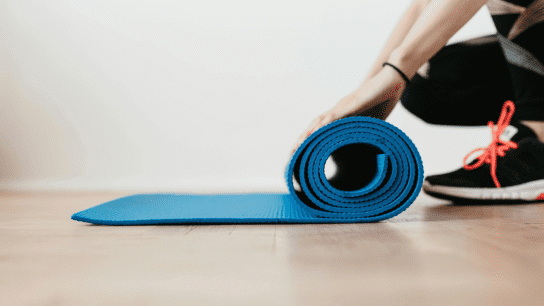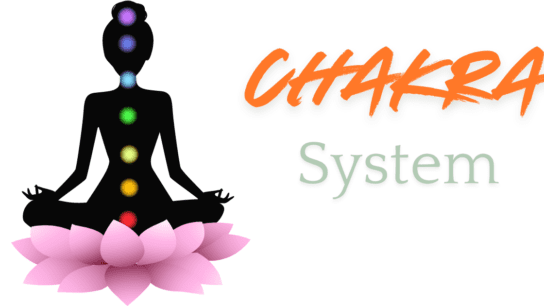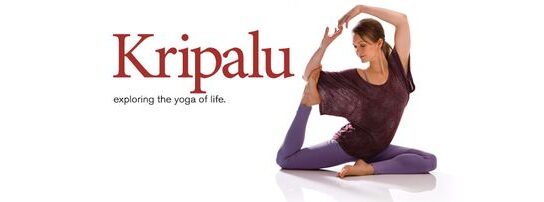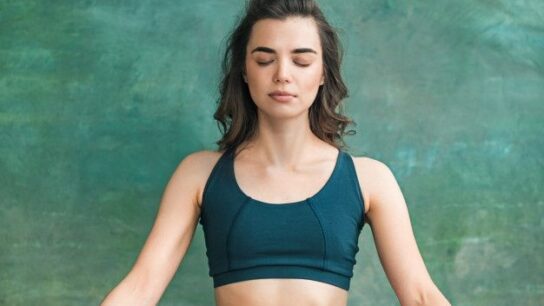Yoga, an ancient practice renowned for its holistic benefits, has evolved into various styles and traditions over the years. Among these, the 26/2 Yoga series, also known as Bikram Yoga, stands out for its specific sequence of poses performed in a heated room. Developed by Bikram Choudhury in the 1970s, this practice has gained popularity worldwide for its unique approach to fitness and wellness. In this comprehensive guide, we will explore the 26/2 Yoga practice in depth, covering its origins, benefits, and tips for beginners and experienced practitioners alike.
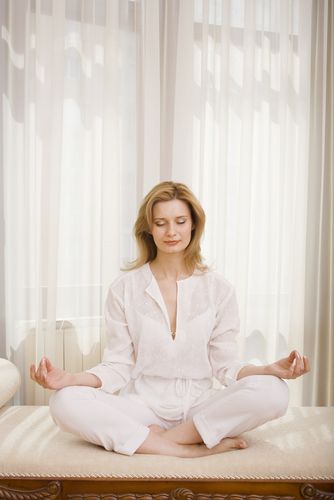
What is 26/2 Yoga?
26/2 Yoga, often referred to as Bikram Yoga, consists of a series of 26 poses and 2 breathing exercises performed in a room heated to approximately 105°F (40°C) with 40% humidity. This specific sequence is designed to work the body systematically, promoting physical and mental well-being through controlled and deliberate movements.
Origins of 26/2 Yoga
The practice of 26/2 Yoga was developed by Bikram Choudhury, an Indian yoga teacher who began teaching in the 1970s. Inspired by traditional Hatha Yoga and influenced by his training in India, Bikram Choudhury created a structured sequence of yoga poses aimed at improving flexibility, strength, and balance while detoxifying the body. The practice’s distinctive feature is its environment—heated studios that enhance the intensity and effectiveness of the workout.
Structure of the 26/2 Series
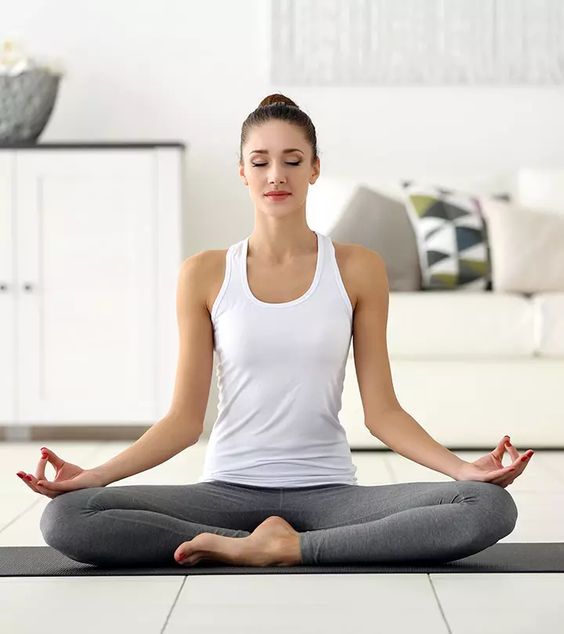
The 26/2 Yoga sequence is meticulously crafted to offer a comprehensive workout. Here’s an overview of the structure:
- Standing Series: The first half of the class focuses on standing poses that build strength, flexibility, and balance. These poses include:
- Standing Deep Breathing (Pranayama Series)
- Half Moon Pose (Ardha-Chandrasana)
- Standing Bow Pose (Dandayamana-Dhanurasana)
- Balancing Stick Pose (Tuladandasana)
- Standing Separate Leg Stretching (Dandayamana-Bibhaktapada-Janushirasana)
- Triangle Pose (Trikonasana)
- Standing Separate Leg Head to Knee Pose (Dandayamana-Bibhaktapada-Janushirasana)
- Floor Series: The second half of the class focuses on floor poses performed on a mat. These poses help in deepening the stretch, improving flexibility, and strengthening core muscles. They include:
- Dead Body Pose (Savasana)
- Wind-Removing Pose (Pavanamuktasana)
- Cobra Pose (Bhujangasana)
- Locust Pose (Salabhasana)
- Full-Locust Pose (Poorna-Salabhasana)
- Bow Pose (Dhanurasana)
- Camel Pose (Ustrasana)
- Rabbit Pose (Sasangasana)
- Head to Knee Pose (Janushirasana)
- Spine Twisting Pose (Ardha-Matsyendrasana)
- Breathing Exercises: The class begins and ends with specific breathing exercises designed to enhance lung capacity and promote relaxation:
- Standing Deep Breathing (Pranayama)
- Closing Breathing Exercise (Savasana)
Benefits of 26/2 Yoga
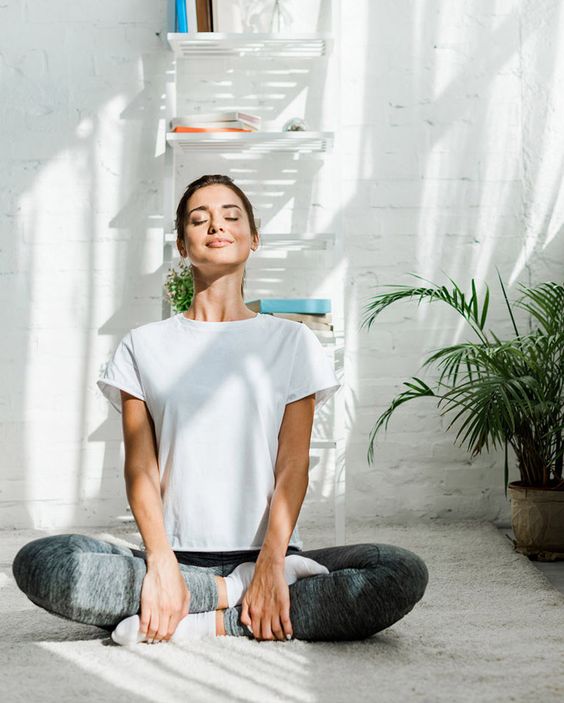
The 26/2 Yoga practice offers a multitude of benefits for both the body and mind. Here are some key advantages:
1. Improved Flexibility and Strength
The series of poses is designed to systematically stretch and strengthen various muscle groups. The combination of heat and dynamic movements helps increase flexibility and build muscular strength, leading to improved overall fitness.
2. Detoxification
The heated environment promotes sweating, which aids in the detoxification process. Sweating helps flush out toxins from the body, contributing to a sense of purification and rejuvenation.
3. Enhanced Mental Focus and Clarity
The disciplined practice of the 26/2 Yoga sequence requires concentration and mindfulness. This focus helps develop mental clarity and resilience, reducing stress and promoting a sense of calm.
4. Better Posture and Alignment
The emphasis on proper alignment in each pose helps improve posture and body mechanics. Regular practice can lead to better alignment and reduced risk of injuries related to poor posture.
5. Increased Balance and Coordination
The standing and balancing poses challenge the body’s stability and coordination. Improved balance and coordination are beneficial for daily activities and athletic performance.
6. Stress Relief and Relaxation
The combination of physical exertion and controlled breathing induces relaxation and stress relief. The practice encourages mindfulness and helps release tension accumulated in the body and mind.
Getting Started with 26/2 Yoga
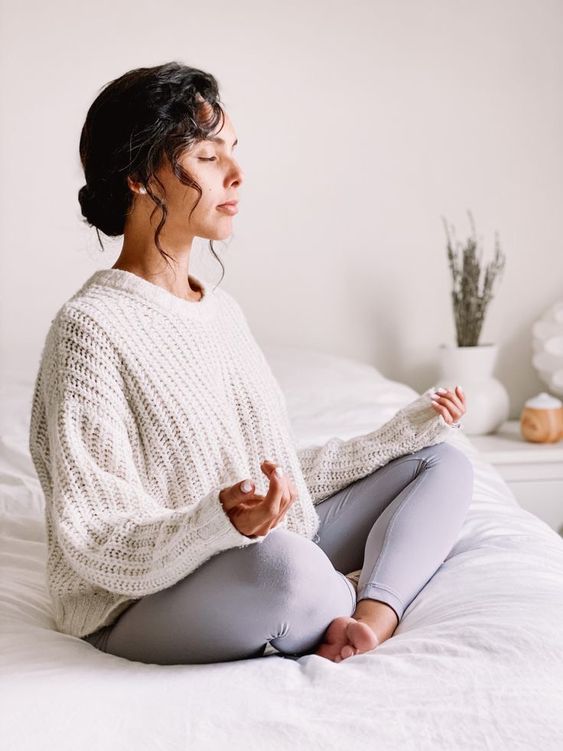
Starting a 26/2 Yoga practice can be both exciting and challenging. Here are some tips for beginners to help you get started on the right foot:
1. Find a Certified Studio
Look for a studio that offers Bikram Yoga classes led by certified instructors. Certified studios ensure that you receive proper guidance and instruction on the sequence and techniques.
2. Prepare for the Heat
The heated environment can be intense, especially if you’re new to it. Wear lightweight, moisture-wicking clothing, and stay hydrated before and after class. It’s also a good idea to arrive early to acclimate to the heat.
3. Listen to Your Body
While the practice is designed to be challenging, it’s important to listen to your body and avoid pushing beyond your limits. Modify poses as needed and take breaks if you feel lightheaded or uncomfortable.
4. Focus on Breathing
Breathing is a crucial component of the practice. Focus on deep, controlled breaths to maintain your energy and stay centered throughout the class. Proper breathing helps enhance the effectiveness of each pose and promotes relaxation.
5. Be Consistent
Consistency is key to experiencing the full benefits of 26/2 Yoga. Aim to practice regularly, ideally 3-4 times a week, to build strength, flexibility, and endurance over time.
6. Stay Hydrated and Nourished
Drink plenty of water before and after class to stay hydrated. Eating a balanced meal a few hours before class can also provide the energy needed for a successful practice. Click
Common Misconceptions about 26/2 Yoga
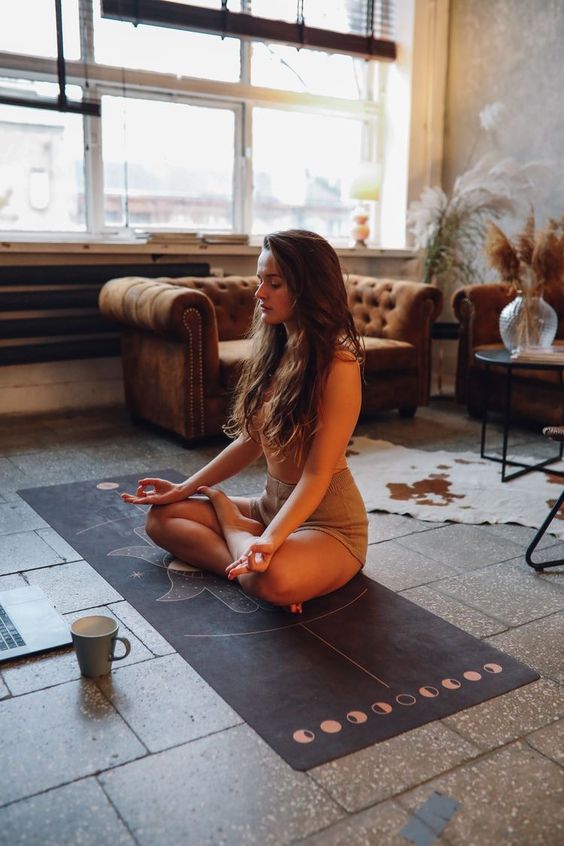
There are several misconceptions about Bikram Yoga that can deter individuals from trying it. Here, we address some common myths:
1. It’s Only for Advanced Practitioners
Contrary to popular belief, Bikram Yoga is suitable for practitioners of all levels. The sequence includes modifications and variations to accommodate different abilities. Beginners are encouraged to start at their own pace and gradually progress.
2. The Heat is Dangerous
While the heated environment can be intense, it is designed to enhance the practice and promote sweating. The key is to stay hydrated, listen to your body, and avoid overexertion. If you have health concerns, consult with your healthcare provider before starting.
3. It’s Just About Sweating
While sweating is a significant aspect of the practice, Bikram Yoga offers more than just physical exertion. The combination of poses, breathing exercises, and mindfulness contributes to overall well-being and mental clarity.
4. All Studios are the Same
Not all Bikram Yoga studios are the same. Quality can vary based on the instructor’s experience, studio facilities, and class environment. Research and visit different studios to find one that meets your needs and preferences.
Advanced Practices and Variations
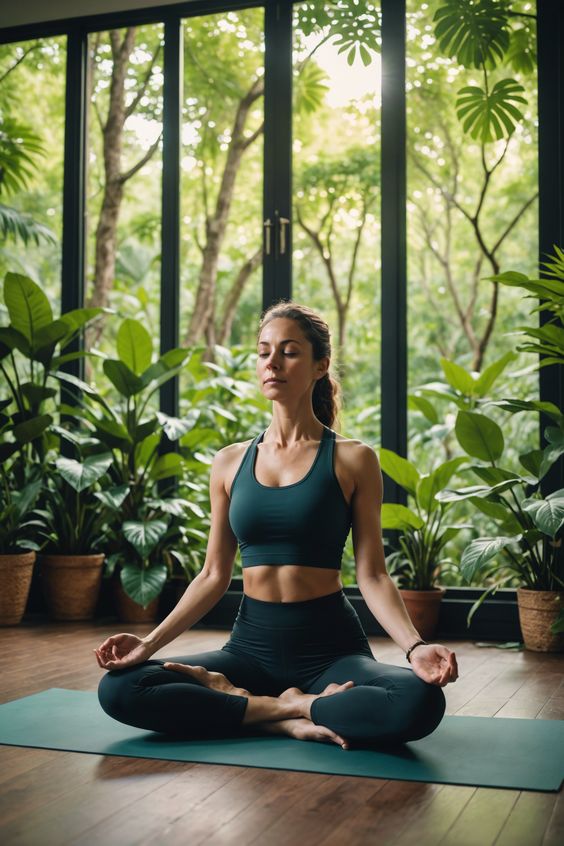
For those who have mastered the basics of 26/2 Yoga, there are advanced practices and variations to explore:
1. Advanced Poses
As you gain experience and flexibility, you may incorporate advanced poses and variations into your practice. Consult with a certified instructor to ensure proper technique and safety.
2. Supplementary Practices
Integrating other forms of exercise and mindfulness practices, such as meditation or strength training, can complement your Bikram Yoga routine. A well-rounded approach enhances overall fitness and well-being.
3. Workshops and Retreats
Participating in Bikram Yoga workshops and retreats can deepen your practice and provide valuable insights. These events offer opportunities for intensive training, personal growth, and community engagement.
Conclusion
26/2 Yoga, or Bikram Yoga, is a powerful practice that combines physical postures, controlled breathing, and a heated environment to promote overall health and well-being. By understanding the origins, benefits, and techniques of the 26/2 series, you can embark on a rewarding journey of self-discovery and transformation.
Whether you are a beginner or an experienced practitioner, integrating Bikram Yoga into your fitness routine can lead to improved flexibility, strength, and mental clarity. Embrace the challenge, listen to your body, and enjoy the numerous benefits that this unique practice has to offer.
Explore local studios, seek certified instructors, and stay committed to your practice. With dedication and consistency, you’ll unlock the full potential of 26/2 Yoga and experience a profound sense of wellness and balance.
Frequently Asked Questions About 26/2 Yoga (Bikram Yoga)
1. What is 26/2 Yoga?
26/2 Yoga, also known as Bikram Yoga, is a structured series of 26 poses and 2 breathing exercises performed in a room heated to approximately 105°F (40°C) with 40% humidity. This practice aims to enhance physical and mental well-being through a systematic sequence designed to increase strength, flexibility, and balance.
2. Who developed 26/2 Yoga?
26/2 Yoga was developed by Bikram Choudhury, an Indian yoga teacher who began teaching the practice in the 1970s. The series was designed to create a comprehensive workout that promotes overall health and wellness through a specific sequence of poses performed in a heated environment.
3. What are the key benefits of practicing 26/2 Yoga?
Practicing 26/2 Yoga offers several benefits, including:
- Improved Flexibility and Strength: The sequence of poses enhances flexibility and builds muscular strength.
- Detoxification: The heated environment promotes sweating, which helps flush out toxins.
- Mental Clarity and Stress Relief: The practice encourages mindfulness and reduces stress, leading to improved mental well-being.
- Better Posture and Alignment: Regular practice helps improve body alignment and posture.
- Enhanced Balance and Coordination: The poses challenge and improve balance and coordination.
4. How should I prepare for a 26/2 Yoga class?
To prepare for a 26/2 Yoga class:
- Wear Appropriate Clothing: Opt for lightweight, moisture-wicking clothing to stay comfortable in the heat.
- Hydrate Well: Drink plenty of water before and after class to stay hydrated.
- Arrive Early: Arriving early allows you to acclimate to the heated environment and get settled.
- Eat Lightly: If you need to eat before class, choose a light meal that’s easily digestible.
5. Is 26/2 Yoga suitable for beginners?
Yes, 26/2 Yoga is suitable for beginners. The sequence includes modifications and variations to accommodate different fitness levels. It’s important for beginners to start at their own pace, listen to their bodies, and gradually build strength and flexibility.
6. How often should I practice 26/2 Yoga to see results?
For best results, aim to practice 26/2 Yoga 3-4 times a week. Consistent practice helps build strength, flexibility, and endurance over time. It’s important to maintain a regular routine to experience the full benefits of the practice.
7. What should I do if I feel dizzy or uncomfortable during class?
If you feel dizzy or uncomfortable during class, it’s important to:
- Take a Break: Sit down or lie down in the room if needed.
- Hydrate: Drink water to stay hydrated.
- Modify Poses: Adjust or skip poses that feel uncomfortable.
- Consult an Instructor: Seek guidance from your instructor if you’re unsure about modifications or need assistance.
8. Can I practice 26/2 Yoga if I have medical conditions or injuries?
If you have medical conditions or injuries, consult your healthcare provider before starting 26/2 Yoga. Inform your instructor about any specific health concerns so they can provide appropriate modifications and guidance to ensure a safe practice.
9. How is 26/2 Yoga different from other styles of yoga?
26/2 Yoga is unique due to its specific sequence of 26 poses and 2 breathing exercises performed in a heated room. The heated environment enhances the intensity of the practice and promotes sweating. This contrasts with other styles of yoga, which may not use heat or have different sequences and focuses.
10. Are all Bikram Yoga studios the same?
Not all Bikram Yoga studios are the same. Quality can vary based on the instructor’s experience, studio facilities, and class environment. Research different studios, read reviews, and visit a few to find one that meets your needs and preferences.
11. How can I find a certified Bikram Yoga studio?
To find a certified Bikram Yoga studio, look for studios that display Bikram Yoga certification and are affiliated with the official Bikram Yoga organization. You can also search online directories or ask for recommendations from experienced practitioners.
12. Can I combine 26/2 Yoga with other forms of exercise?
Yes, you can combine 26/2 Yoga with other forms of exercise. Many people complement their practice with activities such as strength training, cardio, or meditation. It’s important to balance different types of exercise to support overall fitness and avoid overtraining.
13. What should I do if I miss a class?
If you miss a class, try to reschedule or make up the session as soon as possible. Consistency is important for progress, so aim to return to your practice routine as soon as you can. Many studios offer make-up classes or online sessions if you’re unable to attend in person.
14. Can 26/2 Yoga help with weight loss?
26/2 Yoga can contribute to weight loss as part of a balanced fitness routine. The practice helps build muscle, increase metabolism, and promote overall physical fitness. However, for significant weight loss, it’s important to combine yoga with a healthy diet and other forms of exercise.
15. What should I do if I experience pain during practice?
If you experience pain during practice, stop immediately and assess the situation. Modify the pose or take a break as needed. Persistent pain should be evaluated by a healthcare professional to determine any underlying issues and ensure a safe practice.
16. How can I stay motivated to continue practicing 26/2 Yoga?
To stay motivated:
- Set Goals: Establish personal fitness goals and track your progress.
- Join a Community: Connect with fellow practitioners for support and encouragement.
- Vary Your Routine: Incorporate different poses or try advanced variations to keep the practice engaging.
- Celebrate Milestones: Acknowledge and celebrate your achievements and improvements.
17. Are there any specific dietary recommendations for practicing 26/2 Yoga?
Maintaining a balanced diet supports your yoga practice. Focus on:
- Hydration: Drink plenty of water before and after class.
- Balanced Meals: Eat a diet rich in fruits, vegetables, lean proteins, and whole grains.
- Timing: Avoid heavy meals immediately before class; opt for light snacks if needed.
18. How can I integrate breathing exercises into my practice?
Breathing exercises are integral to 26/2 Yoga. Practice deep, controlled breathing during each pose to enhance focus and relaxation. The breathing techniques taught in class can also be practiced outside of yoga sessions to improve overall respiratory function.
19. Can 26/2 Yoga be practiced at home?
Yes, you can practice 26/2 Yoga at home with the help of online classes or instructional videos. However, practicing in a studio environment provides the benefits of heat, professional guidance, and a structured setting. If practicing at home, ensure you have a space that allows for the full sequence and consider using a heater to mimic the studio environment.
20. What should I expect during my first 26/2 Yoga class?
During your first 26/2 Yoga class, you can expect:
- Introduction to the Sequence: The instructor will guide you through the 26 poses and 2 breathing exercises.
- Heated Environment: The room will be heated to enhance the practice and promote sweating.
- Focus on Breathing: Emphasis on deep breathing and maintaining concentration throughout the class.
- Guided Instruction: The instructor will provide cues and adjustments to help you perform the poses correctly.
More yoga Information Click here

